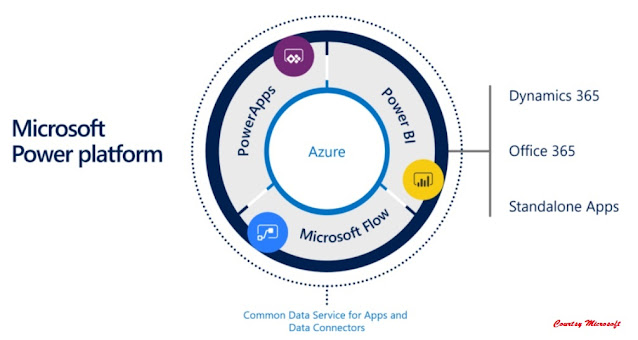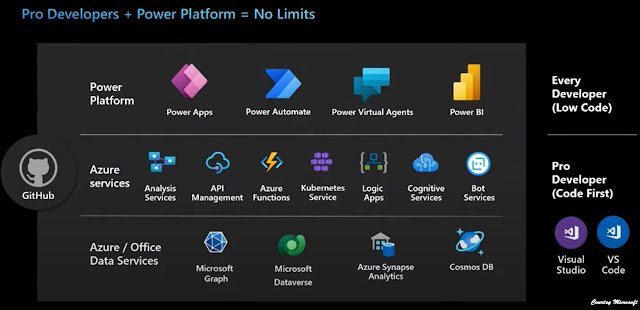PL 400: Design authentication and authorization strategy (Part 2)

This article is a continuation of Part 1 (Design Authentication and Authorization Strategy) . All information and images are collected from Microsoft documentation or the community. This is part of my PL 400 preparation. Let's talk about the first layer of security. That is Azure AD Conditional Access. I already discussed about Azure AD in the previous section . As is well known that Azure Active Directory works as pillar of Authentication security, but it doesn't mean to prevent actual users of platform. Azure AD Conditional Access : Conditional Access is the tool used by Azure Active Directory to bring signals together, to make decisions, and enforce organizational policies. Conditional Access is at the heart of the new identity driven control plane. Conditional Access policies at their simplest are if-then statements, if a user wants to access a resource, then they must complete an action. Example: A payroll manager wants to access the payroll application and is required to



